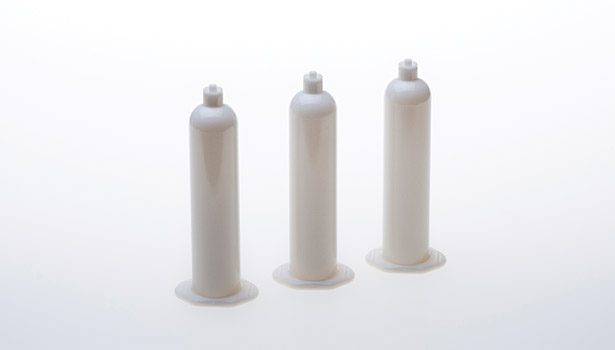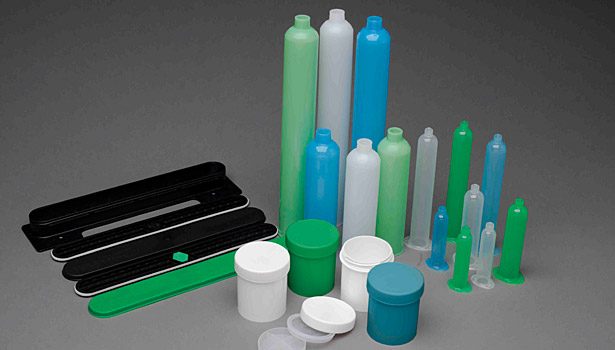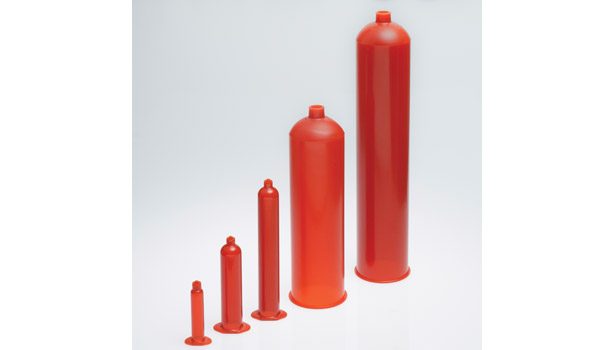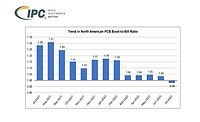In the printed circuit board (PCB) industry, manufacturers must drive change or they don’t survive. To stay ahead of the curve, strong supplier partnerships are needed to provide manufacturers with the tools to succeed. The bar is being raised for every supplier across the board, including suppliers of components, adhesives, coatings, and packaging and application systems.
Increased Demand
The quality of a product is only as good as the weakest link in the supply chain. Most consumers don’t think about how the board was assembled or how the solder paste and adhesives were applied to the board when they purchase an electronic device. But they do drive demand for the board to be faster, lighter, higher quality, more durable and less expensive. To meet this ever-changing demand, the packaging industry must adapt on two fronts: improving the quality of the packages (e.g., repeatability, function and cleanliness), and staying in tune with the adhesive and solder paste industry to provide the best delivery systems for new products.
To meet the increased demand for quality, zero-defect contracts are being forced upon the adhesive and solder paste formulators. What this means is that if one package of adhesive or solder paste from a batch is found to have a defect or include a contaminant, the entire batch must be scrapped at the formulator’s expense. Some contracts even include rejection of the batch based on a perceived presence of the defect or contaminant; that is, if a small speck is embedded in the plastic package, the lot can be scrapped due to the customer’s perception that the speck is contaminating the adhesive or solder paste.
In addition to cleanliness, the increased demand for quality includes improving the consistency of the parts. Most plastic cartridges and syringes are made by injection molding polyethylene or polypropylene. Like everything else, mold technology has improved greatly over the years. Newer molds can minimize waste by using hot runners (vs. older cold runner technology), making it easier to track statistical process control data and manufacture products with less variance from shot to shot than the older technology molds. Replacing old technology molds with new molds is not cheap, as new molds can cost over $500,000 each.
To maintain the best quality parts, all scrap material must be discarded. The practice of “regrinding” scrap plastic and blending it with virgin material can create more variance in part dimensions than using 100% virgin material because the shrink ratio of previously molded material is different than virgin material. Virgin plastic should be used to achieve the best quality standards. To keep the per-piece cost down on each syringe or cartridge, it is important to design the mold to minimize waste and employ higher cavitation tooling—as long as volume can justify the cost of the mold.
Continual improvements can also be made through the packager’s quality system. A company that uses an ISO-based quality system has committed to continuous improvement. Implementing improvements by having lean events, best practice reviews, and 8-D corrective actions needs to be embraced by the packaging supplier to keep up with the changing standards. With proper documentation, every part should be traceable back to its date of manufacture, the mold and press that were used, and the operator and inspector who approved the part. These steps are important when it comes to finding the root cause of any quality issue in order to derive the best corrective action.
New Adhesive Processes
Solder pastes have been growing in usage, and solder paste formulators are developing new formulations. In addition to the traditional lead-based paste, many formulators have come out with lead-free pastes, along with specialty pastes such as halide-free, high-temperature, or water-based varieties. Traditionally, paste was only supplied in jars made for the cosmetics industry. The paste was scraped out of the jar with a round metal spatula.
These jars were not expensive, but they had many flaws. First, they were not meant to handle the heavy paste and cracked when dropped. In addition, they had a 90° angle along the bottom edge that made it difficult to get the paste out of the bottom of the jar with a rounded spatula, and they had problems with lids coming loose during shipping. Since the jars were made in Asia, people needing them overseas also had to place orders six months in advance.
New delivery systems have adapted to better support the solder paste industry. Solder paste stencil machines have emerged that use cartridges, syringes or cassettes to dispense the paste into the automated equipment. In addition, recent jar improvements specifically designed for solder paste will hold up to drop tests while filled with 500 g of solder paste. The new jar has an ergonomic, quarter-turn lid that stays on during shipping, a rounded bottom inside edge to allow all the paste to be removed with a rounded spatula, and can be color-coded to differentiate the newer formulations of paste. In addition to flux being sold in bulk, many formulators are now offering flux in 10 cc pens, which is a convenient package for the board assembler to apply the flux while making sure it is free of contaminants. This improves the quality and throughput of the board assembly.
Faster curing adhesives also help the throughput of PCB manufacturers, which in turn helps in lowering the cost per part. So it is no surprise that the use of UV curing and hot-melt technology on boards is increasing. UV-blocking technology in cartridges and syringes has been around for years, but newer generation UV-blocking additives have led to the development of a new line of UV-blocking cartridges and syringes. This next-generation technology is non-leaching, so the rheology of the material in the package is not altered, while being translucent amber in color, which improves visibility to the fluid level through the wall of the cartridge or syringe.
Current hot-melt adhesives used on boards need to be heated up to 250°F, with next-generation materials targeting 350°F. Basic polypropylene syringes will melt at those temperatures, so aluminum syringes are needed. A new high-temperature, plastic, disposable syringe that can function at 350°F has recently been released.
While servicing the PCB industry can be challenging, the continuous drive to improve quality and innovation is forcing all segments of the supply chain to improve or get kicked to the curb. The bar-raising demands of the PCB industry mean that quality is constantly improving and new products are continuously being released to support the new technologies.
For additional information, call (800) 237-6649 or visit www.semcopackaging.com.





